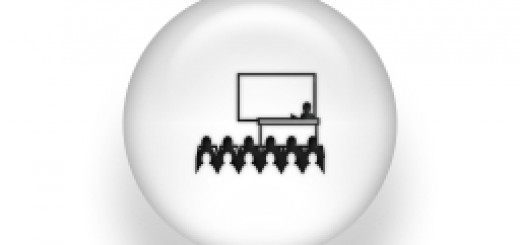Qantum Effects in Plasmonic Nanostructures
 Thursday, 16th February 2012. 12:00-13:00
Thursday, 16th February 2012. 12:00-13:00
Pablo García González
Departamento de Física Teórica de la Materia Condensada, Universidad Autónoma de Madrid
ABSTRACT:
One of the most attractive aspects of surface plasmon polaritons is their ability to collect and concentrate light into sub-wavelength volumes. The theoretical description of the relevant processes is often done by using classical local optics. However, the miniaturization in the fabrication of plasmonic devices is approaching the limit where non-local effects in the optical response of a metal cannot be neglected.
A possible way to take into account these effects is the modelling of the metal permittivity through hydrodynamical approximations [1]. Nevertheless, the predictive accuracy of such methods depends very sensitively on the details of the model permittivity. At a more fundamental level, the electron response of a system can be evaluated by using time-dependent density functional theory (TDDFT) [2]. Under this prescription, non-local and quantum-mechanical effects in the optical response are treated on the same footing.
In this informal seminar, I shall present some preliminary results of the TDDFT optical response of two metal nanowires in close proximity (sub-nanometric) to each other. A comparison with the corresponding hydrodynamic and local responses in the limit of zero separation will be presented as well.
Work done in collaboration with Lorenzo Stella and Angel Rubio (UPV/EHU), and F.J. García Vidal (UAM).
[1] A.I. Fernandez-Dommnguez, A. Wiener, F.J. Garcma-Vidal, S.A. Maier and J.B. Pendry (in press).
[2] E. Runge and E.K.U. Gross, Phys. Rev. Lett. 52, 997 (1984).

















